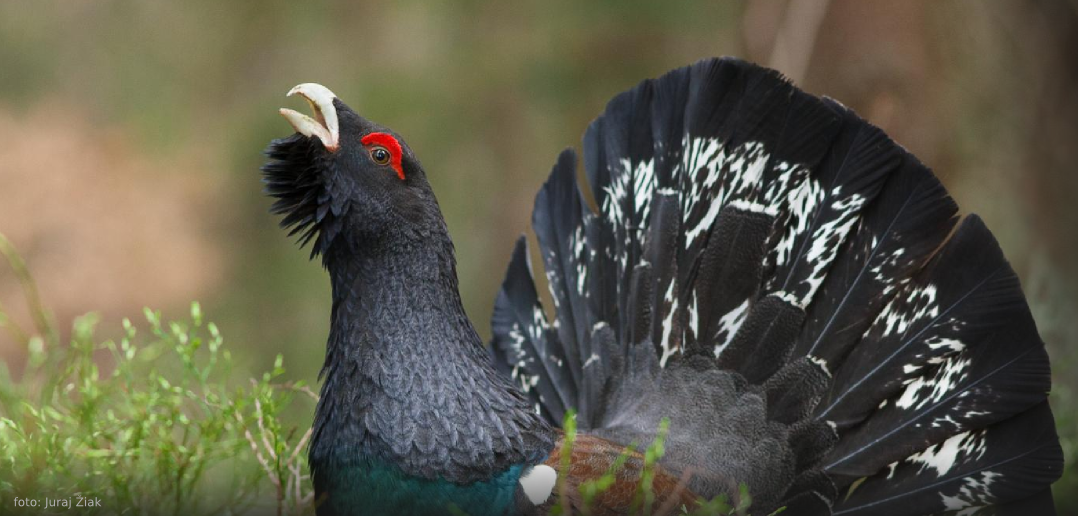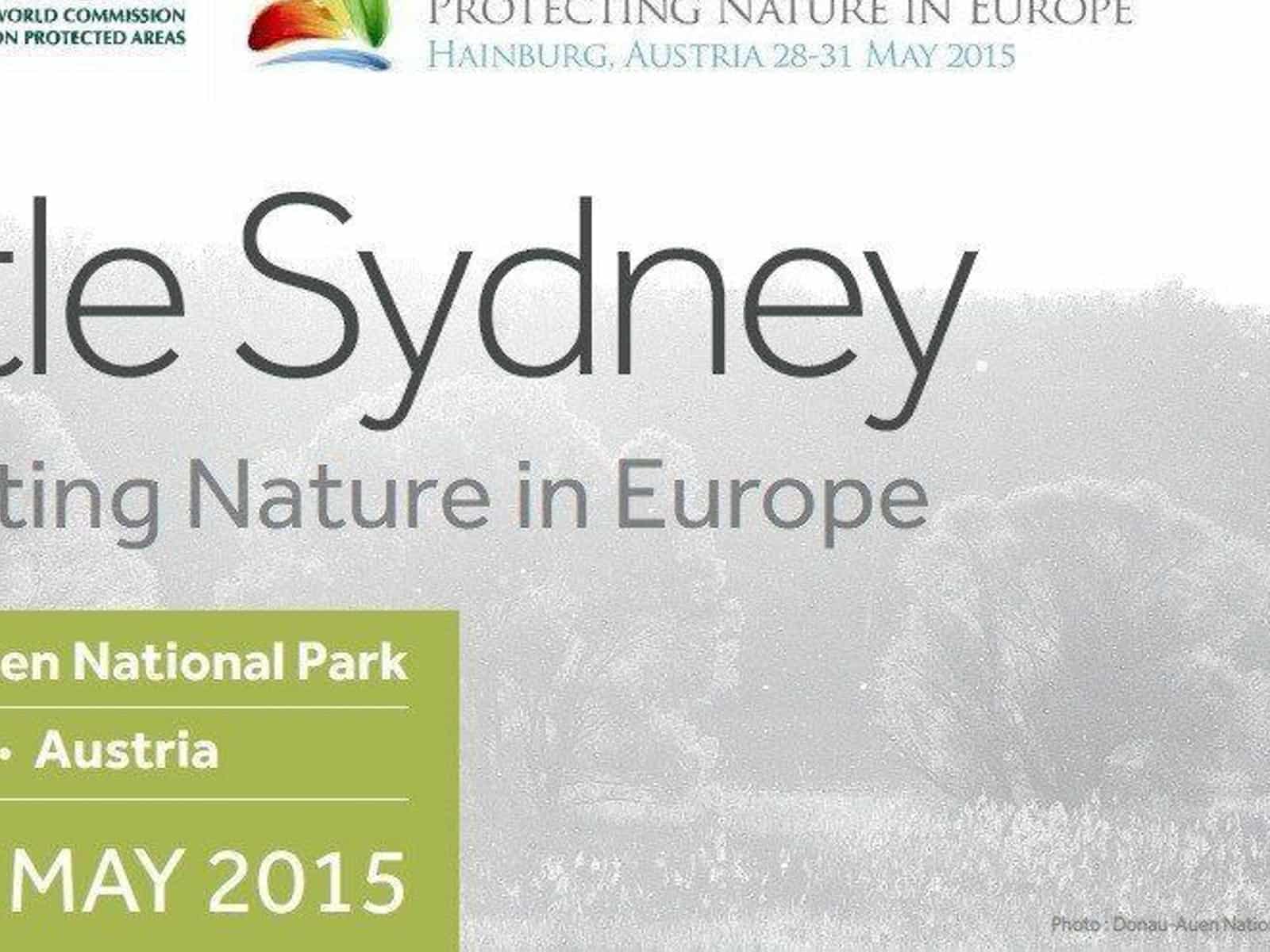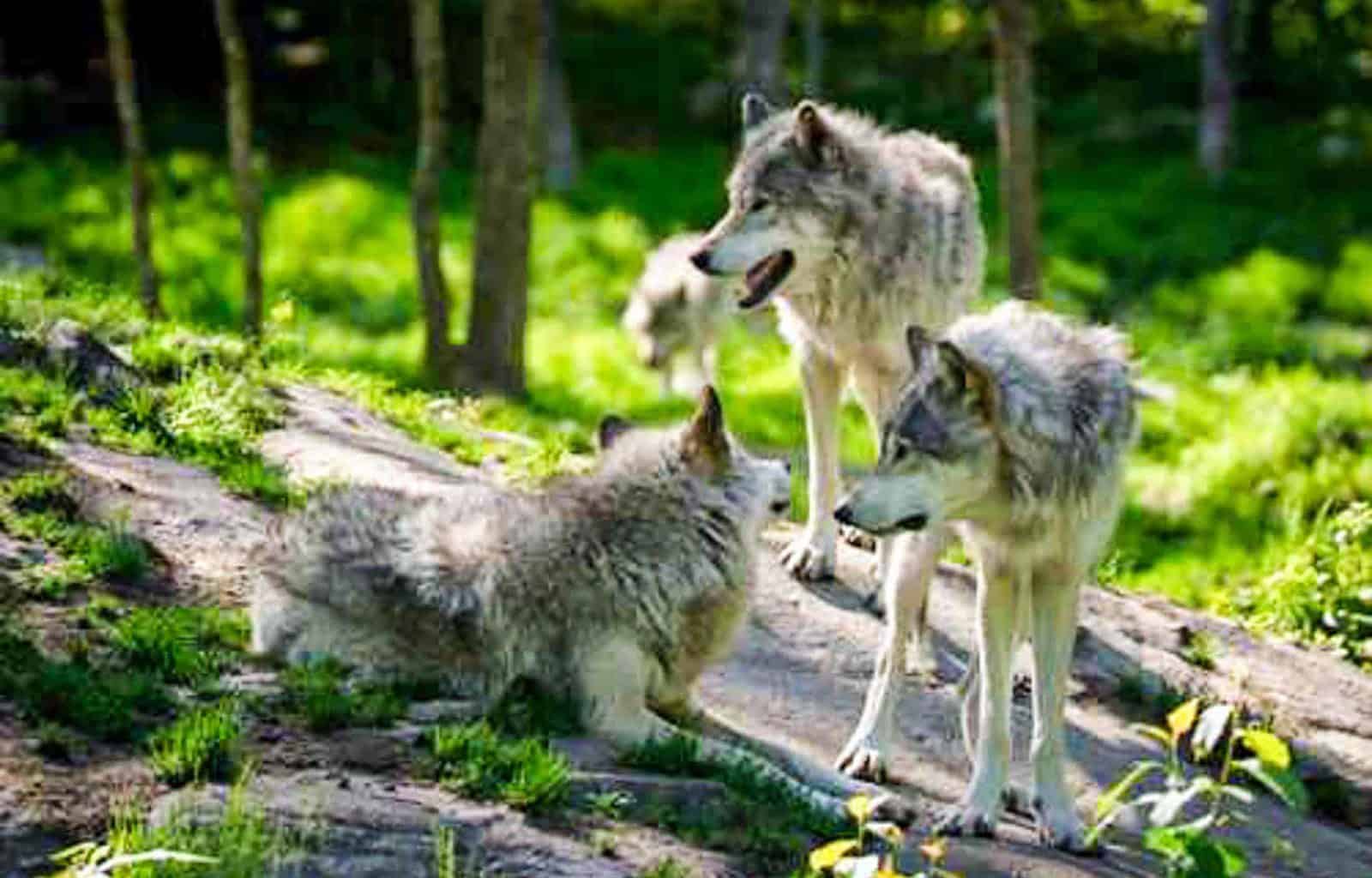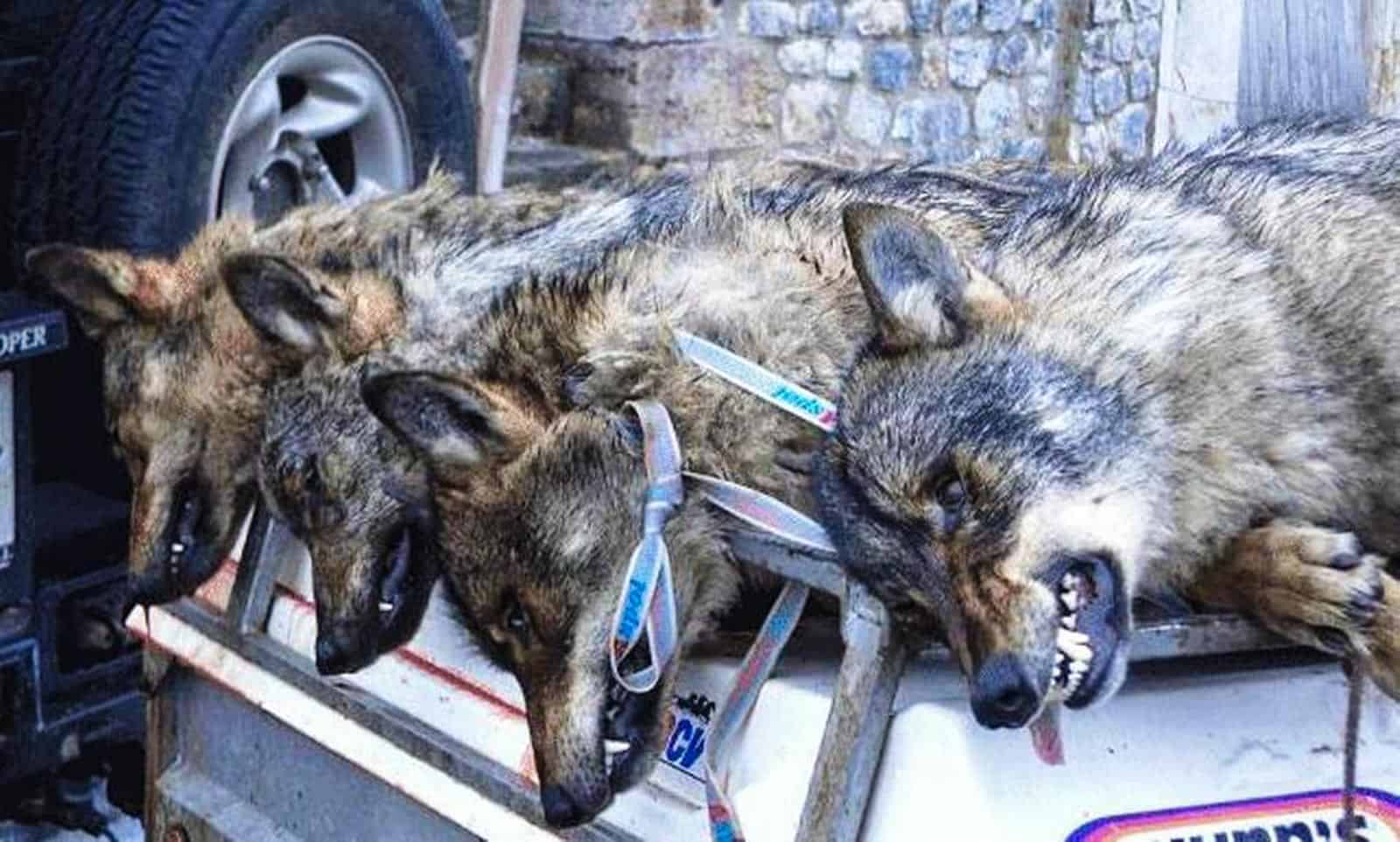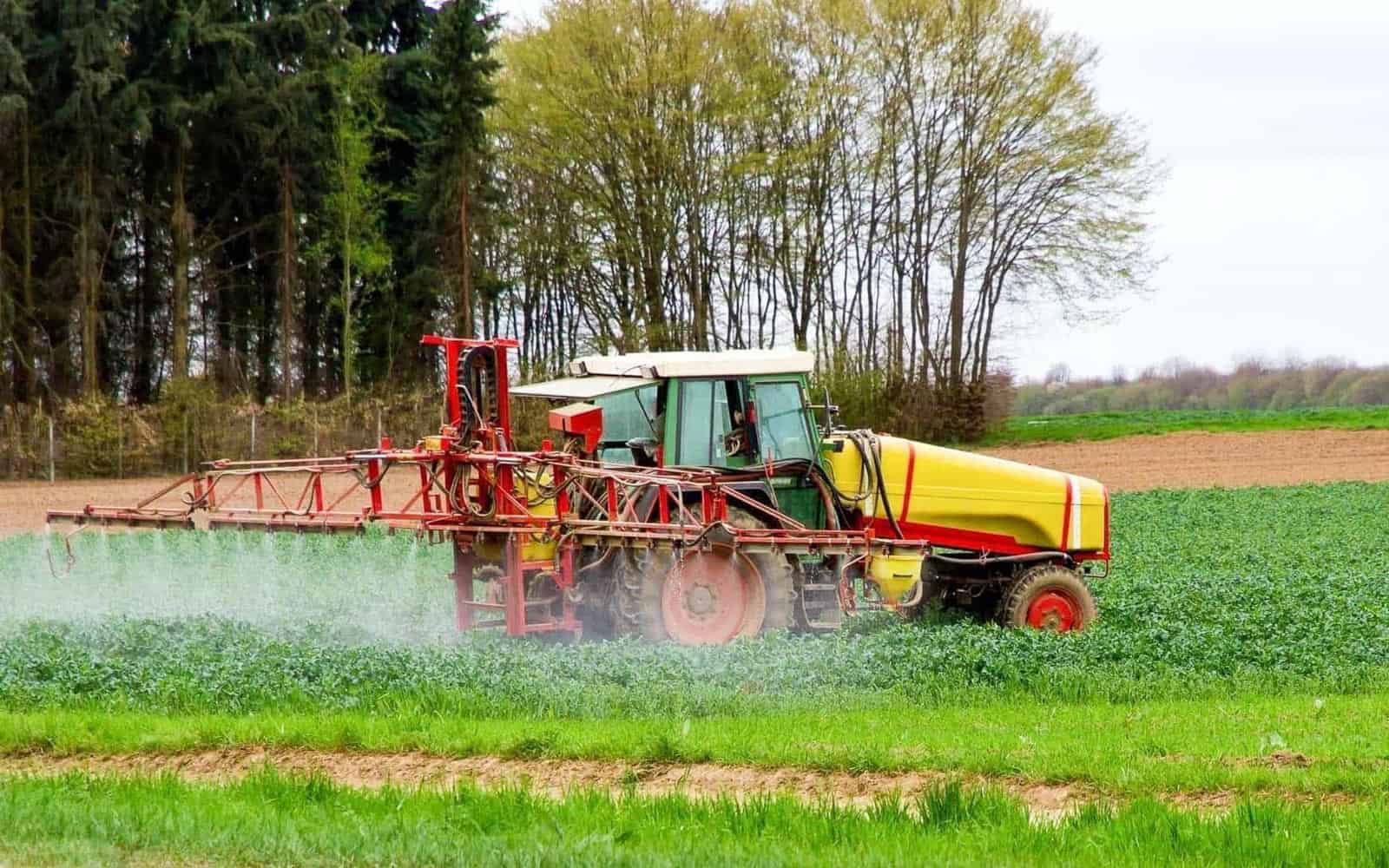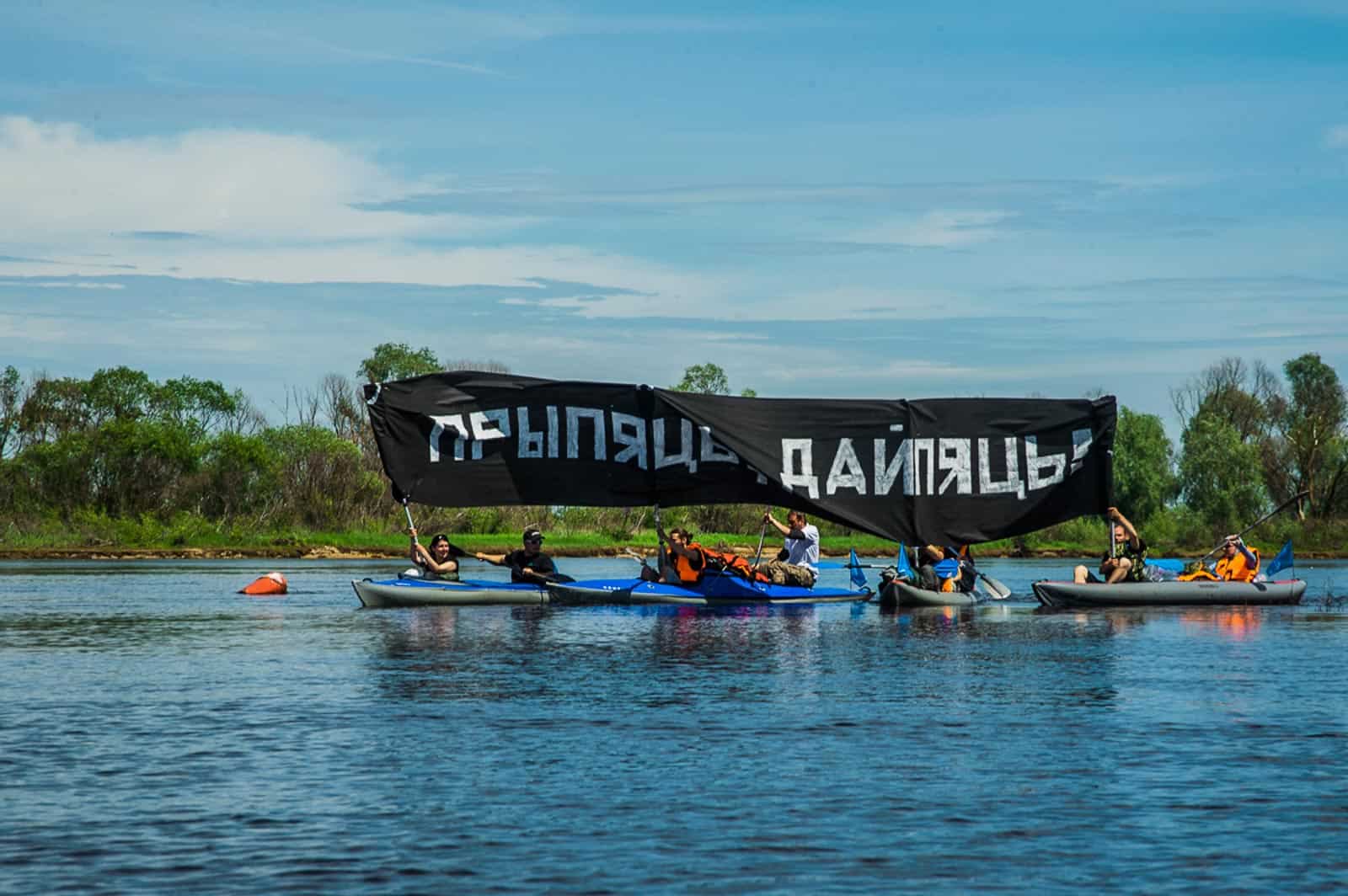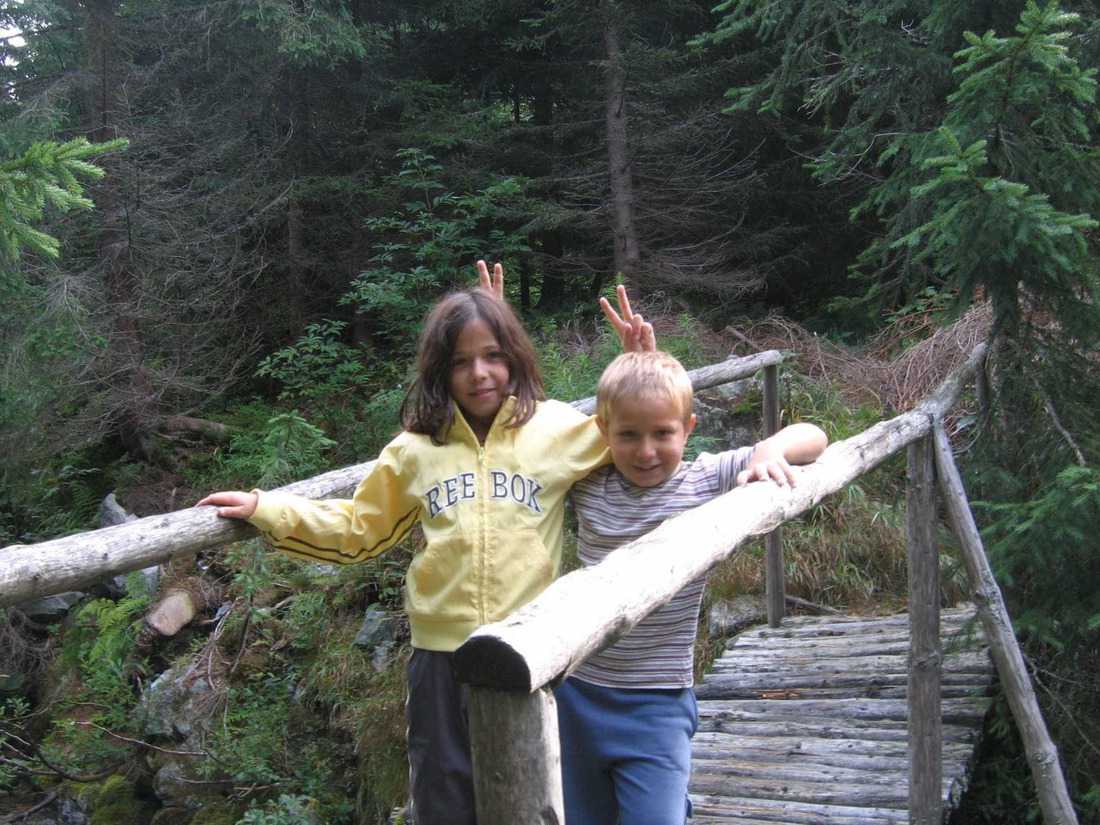Reform of National Parks in Slovakia
More than two years ago, the Slovakian government launched the long-awaited Reform of National Parks. The Reform was very ambitious with the objective to sort out management issues such as zoning, management of protected species and the implementation of strictly protected zones. Further on, the Reform had an ambition to improve the park’s management effectiveness, give them legal independency, create Councils of National Parks and implement a modern zoning system.
The Reform became a tool with which the effectiveness of nature protection with a specific focus on forest conservation was increased. An important part of this approach was to develop a zoning system in each national park. A challenging task in that process is the identification of areas with the quality standard of a potential Wilderness. This task turned out to be the most difficult point of the Reform.
Zoning in protected areas
Zoning in protected areas is crucial for effective conservation. By designating specific zones for various activities, the balance of human needs with ecological preservation is ensured, including sustainable resource management and biodiversity protection within these critical habitats.
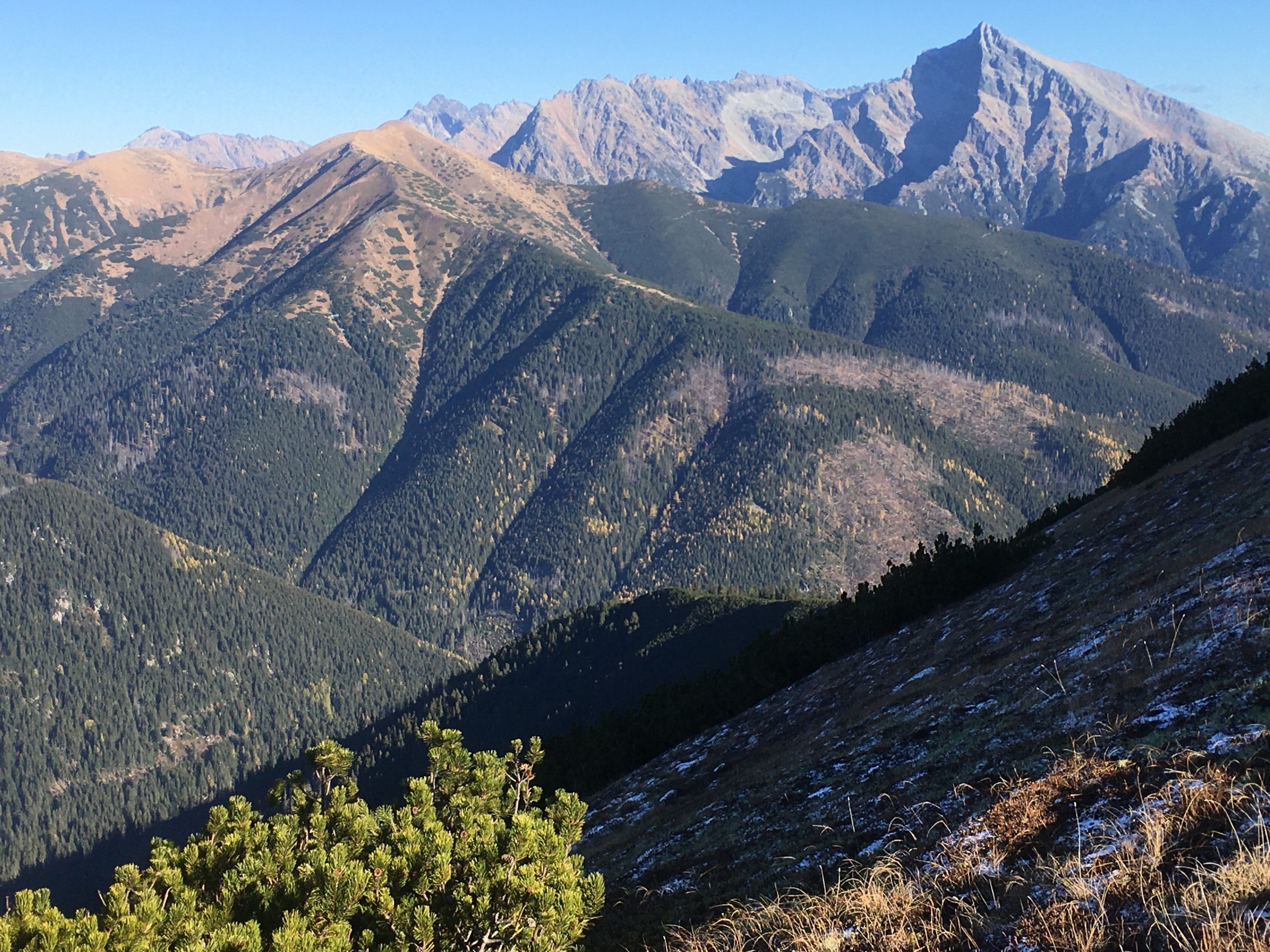
Challenges of zoning in Slovakian national parks
Zoning of protected areas in Slovakia faces challenges such as conflicting land-use interests, inadequate enforcement, and dynamism of ecosystems. Balancing conservation goals with economic development requires careful planning. Integrating local perspectives and adaptive strategies become crucial to overcome these challenges and ensure effective protection of Slovakia’s diverse and valuable natural landscapes.
The extended timeline for zoning of protected areas in Slovakia results from intricate negotiations, changing environmental conditions, and diverse stakeholder interests. Political, economic, and ecological complexities require thorough assessments, making the zoning process lengthy. Delays are also influenced by the need for consensus-building and reflecting on the intricate balance between conservation and human activities.
International commitment
The reform of National Parks in Slovakia also has an aspect of international commitment. After many years of promises, the Slovakian government finally approved to develop a zoning systems for all National Parks. That decision was driven by various factors. These included increasing environmental concerns, the need to harmonize conservation with sustainable development, and also international commitments for national parks quality standards.
The main objective was the need to improve biodiversity conservation. Beside that decision, it also provides guidance how to manage tourism sustainably. A specific aim was the need to identify zones with Wilderness quality standards and ensuring the preservation of these areas.
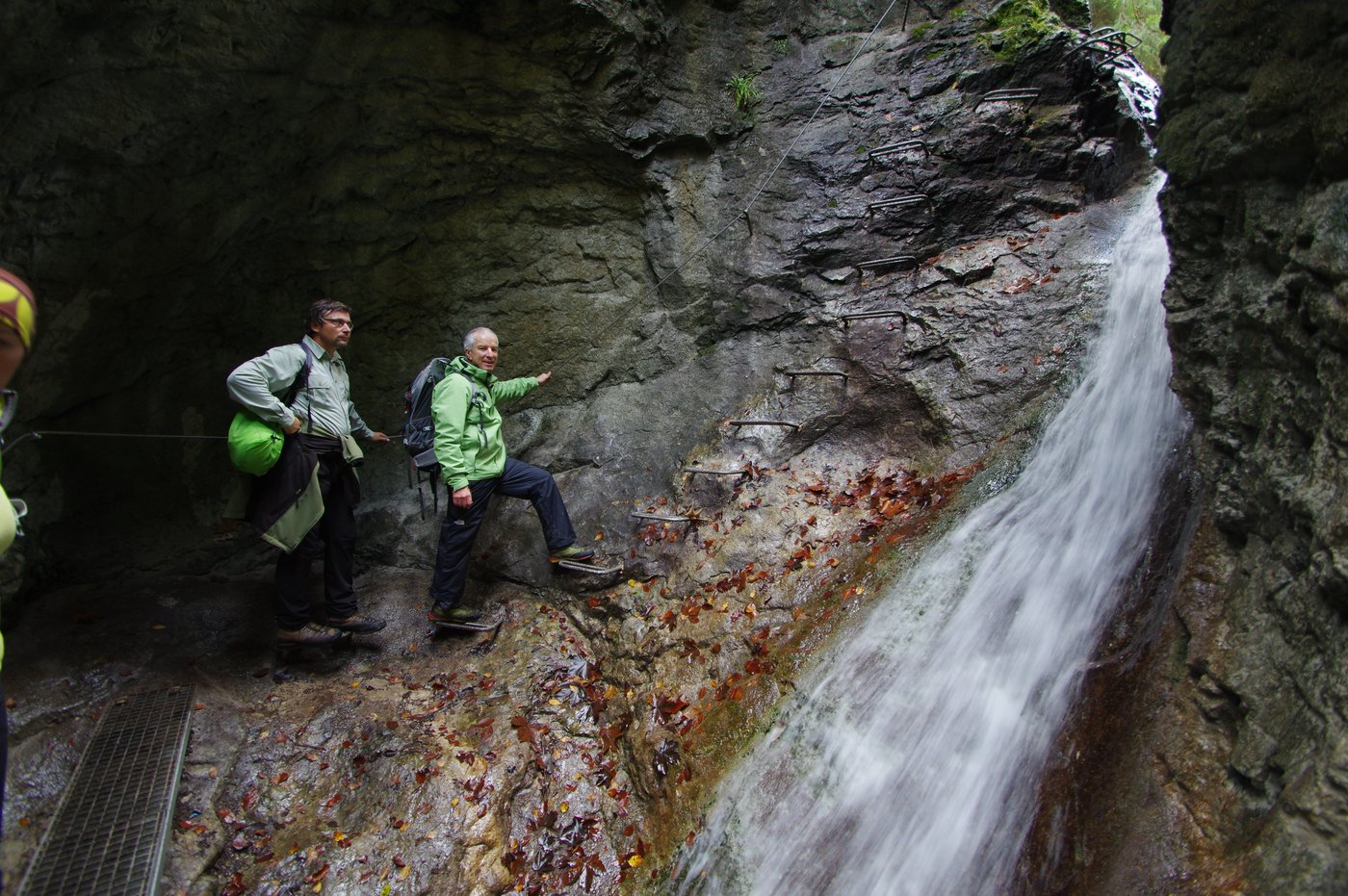
Challenges of zoning process
In the last 2 years, several national parks have applied the concept of a park-specific zoning system. Frontrunner became the Slovak Paradise National Park. Besides that, also the National Park Pieniny, Muránska planina and Slovensky kras made a significant progress to shape zoning maps.
In the case of Muránska Planina National Park, the first proposal came with the significant enlargement of the national park and the no-intervention zone should cover almost half of the park territory. In the Slovak Karst National Park, the no-intervention zone should cover almost one quarter of the national park’s territory.
The zoning process in Slovakian National Parks faces challenges. The most frequent are conflicting land-use demands, insufficient resources, and the complexity of balancing conservation and development. Stakeholder involvement, regulatory hurdles, and various ecological and economical considerations contribute to the complication of this process.
Conclusion
The ongoing zoning process in Slovakian National Parks is on very thin ice. It means to search and achieve a delicate balance achieved between conservation and human activities. However, this process is very demanding. More difficult than the people who stand behind the reform of the national parks in Slovakia ever thought.
As usually, the strictly protected zone of “no-intervention” became in this case an extremely challenging subject. Result is that new government, with new top management of the Ministry of Environment, stopped this process. In the following weeks, we will see what will be the outcome of this challenging task we are witnessing already for more than a decade.
Zoning is vital for effective management of protected areas, as it allocates specific land uses, conserves biodiversity, minimizes human impact, and sustains ecosystems for long-term preservation.
Lisa Marie Mahlknecht, European Wilderness Society

